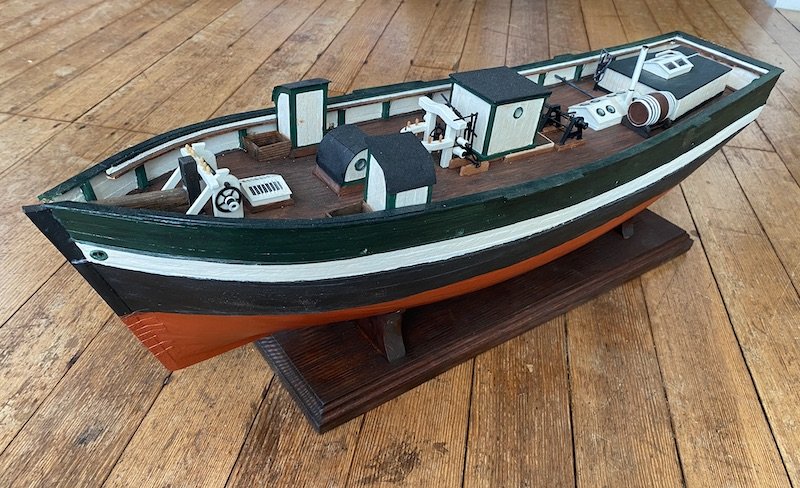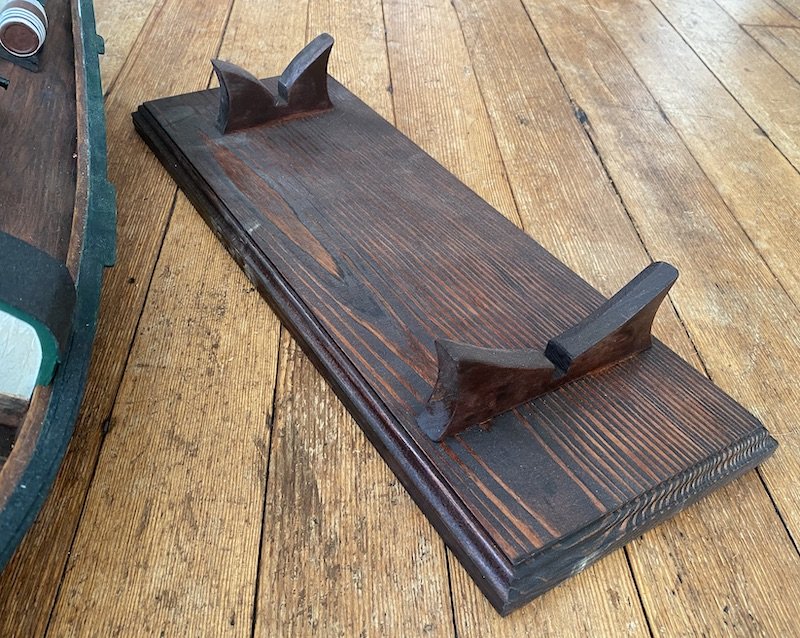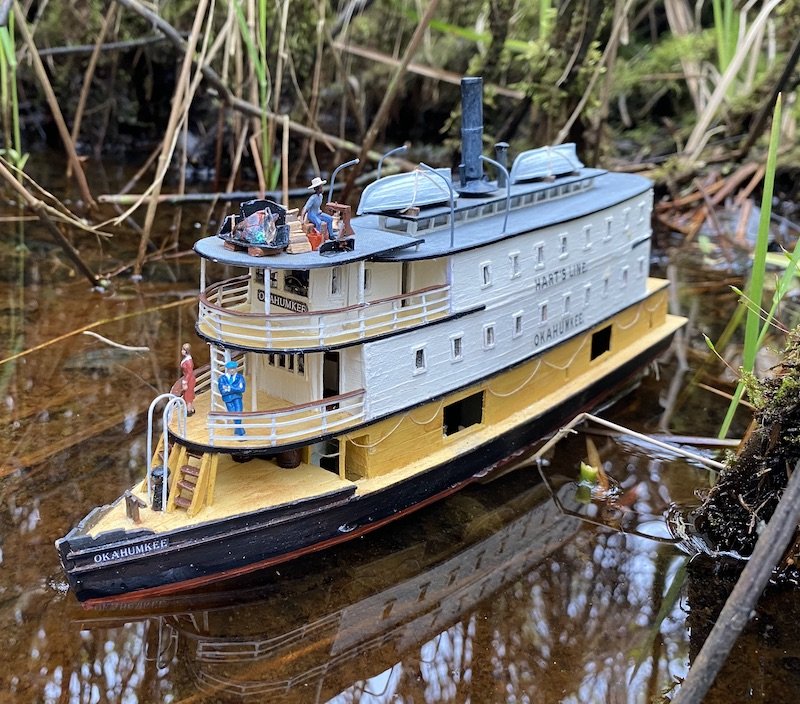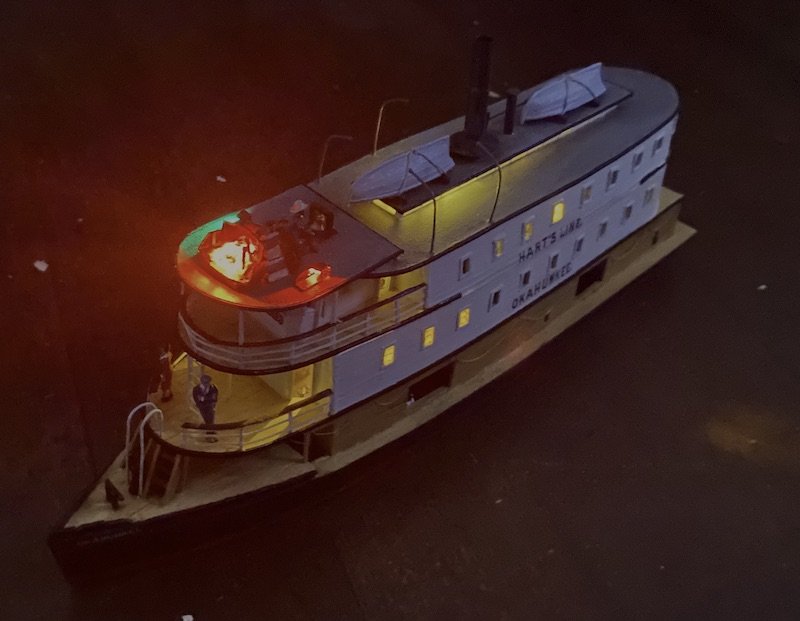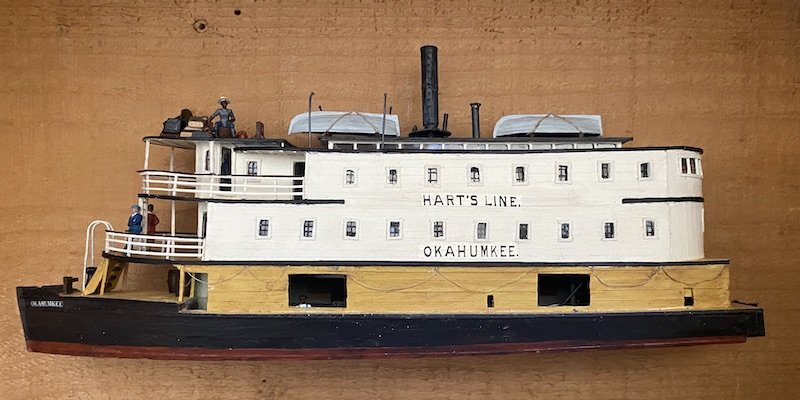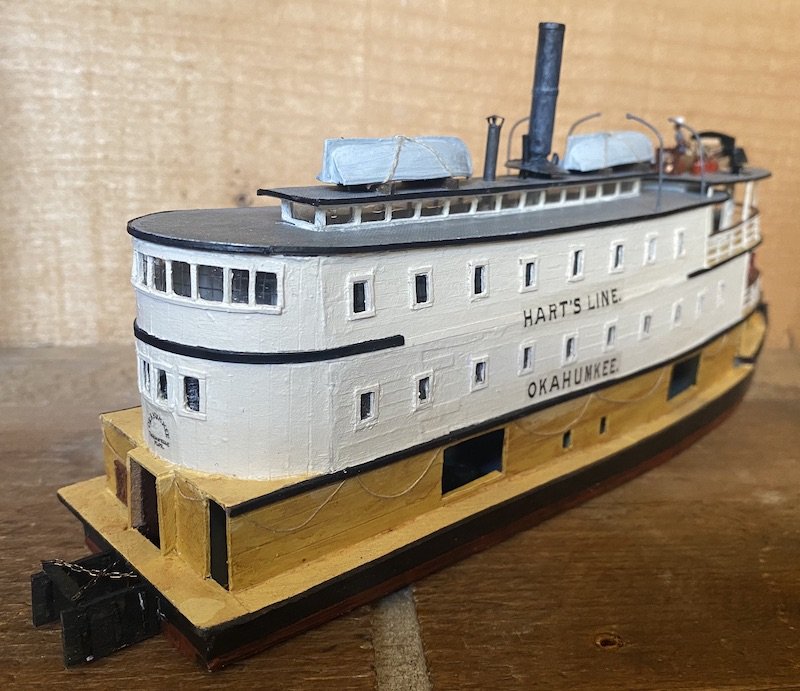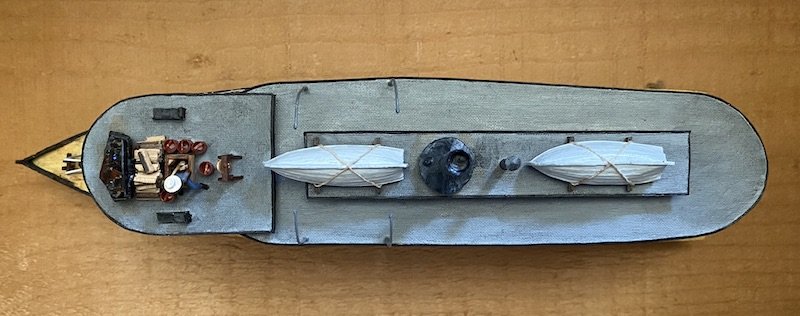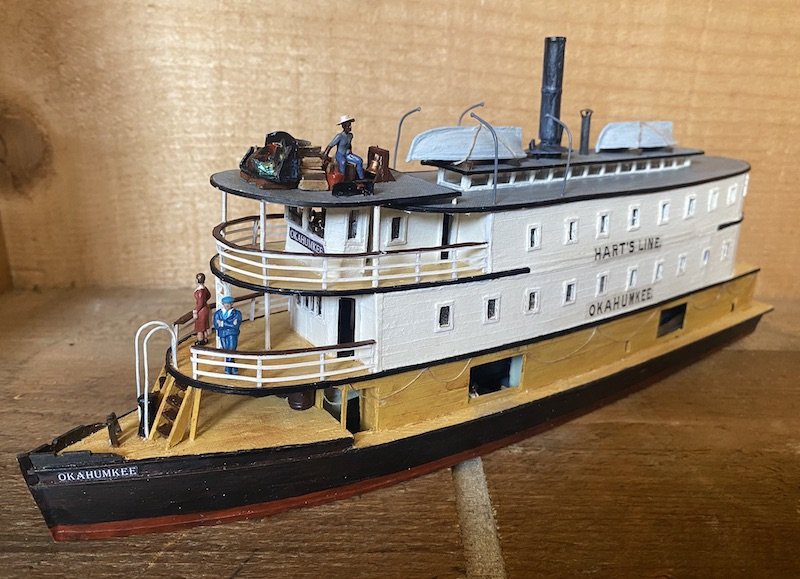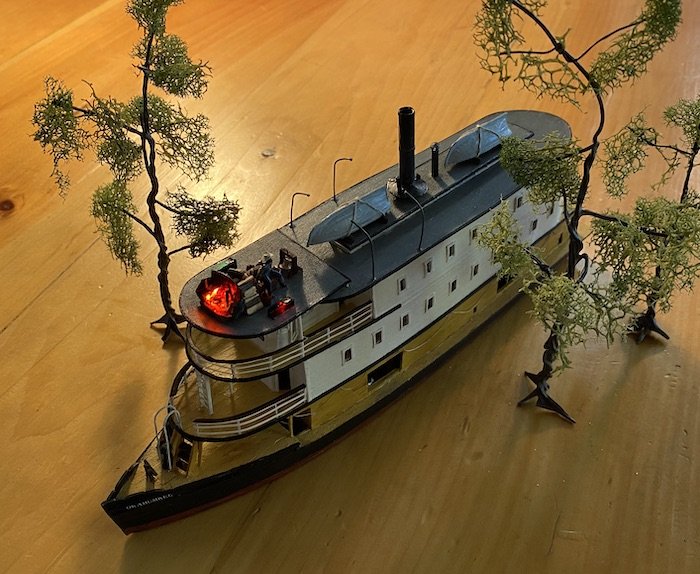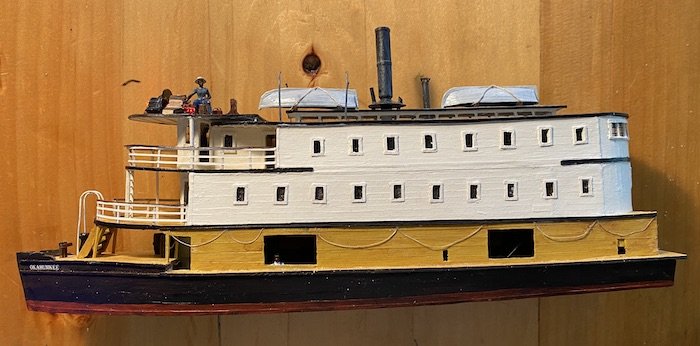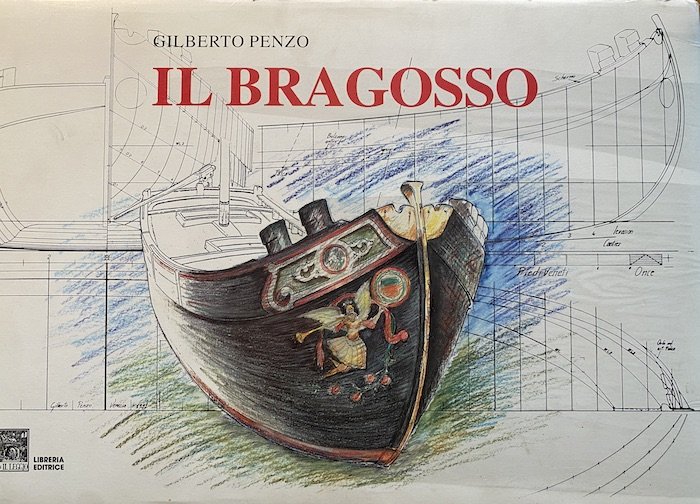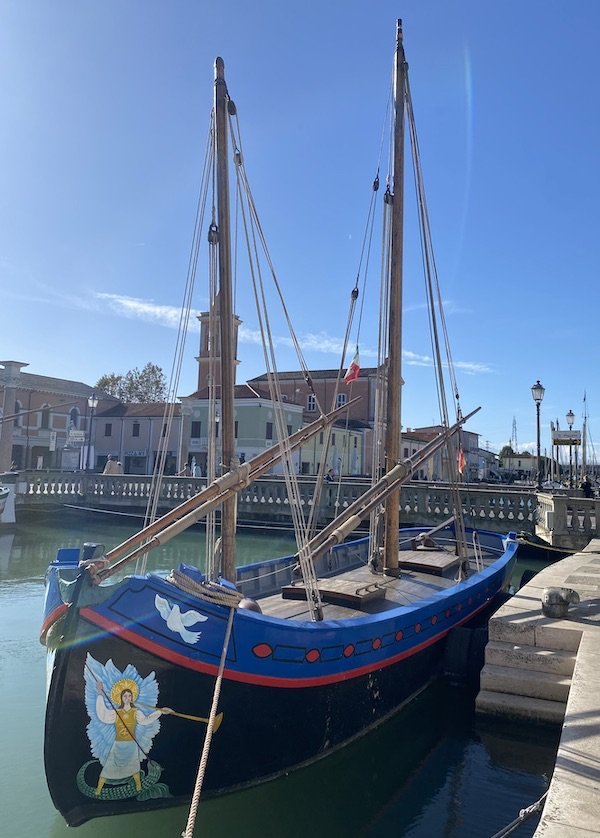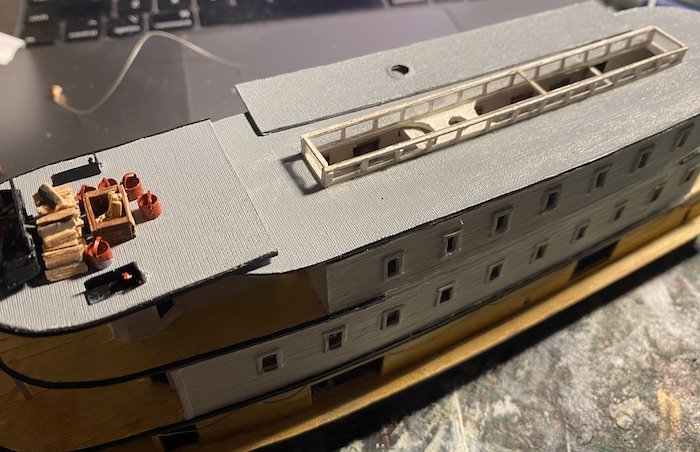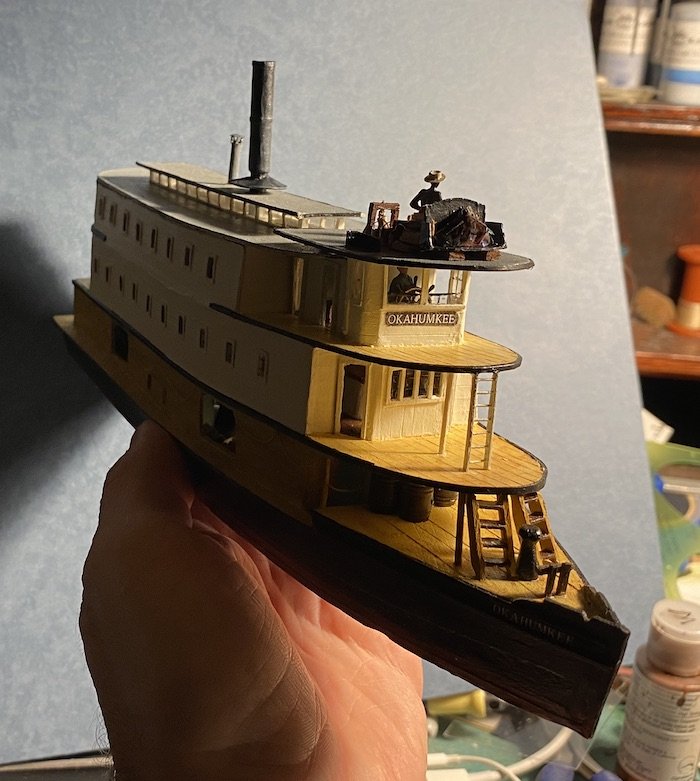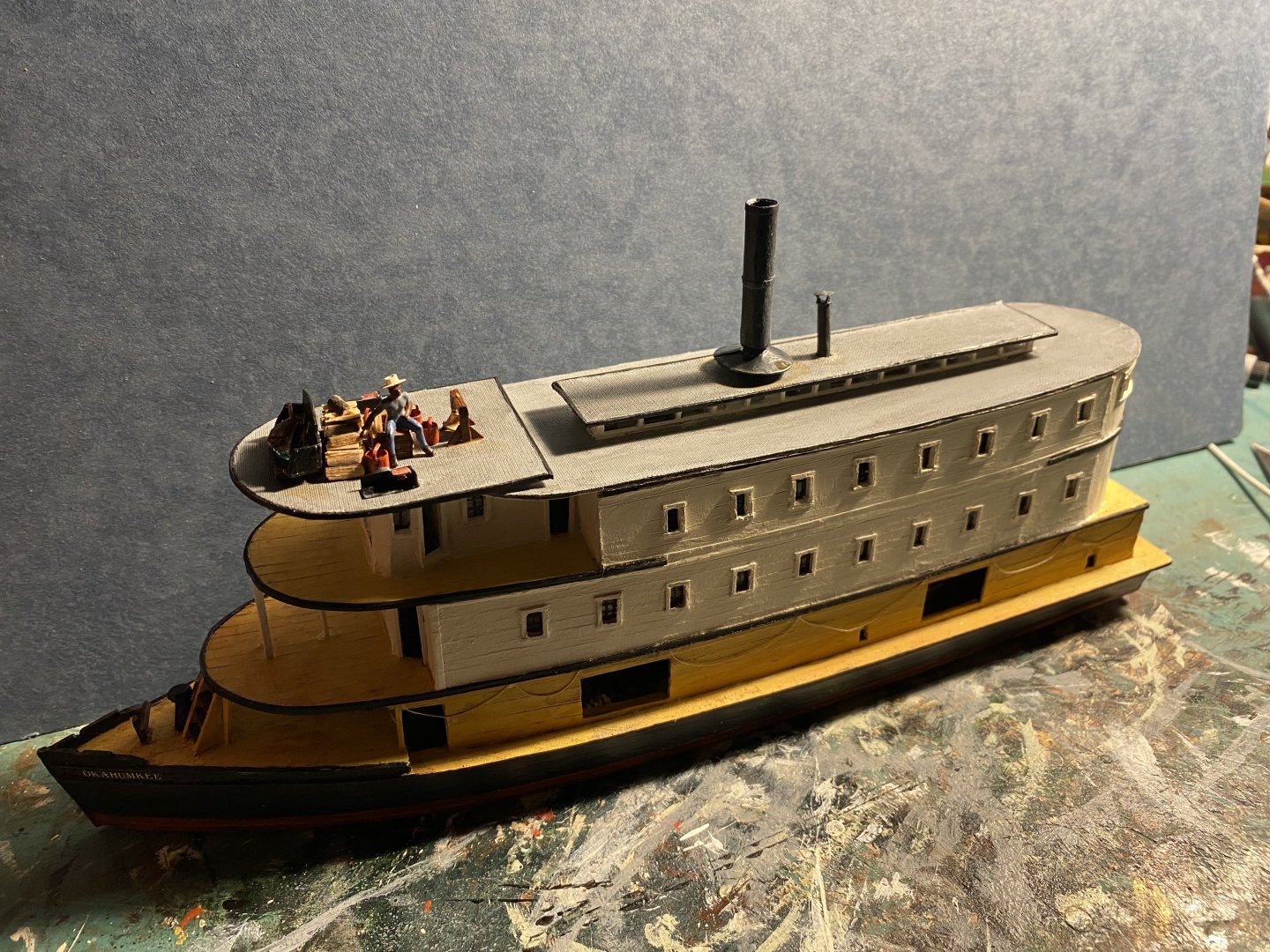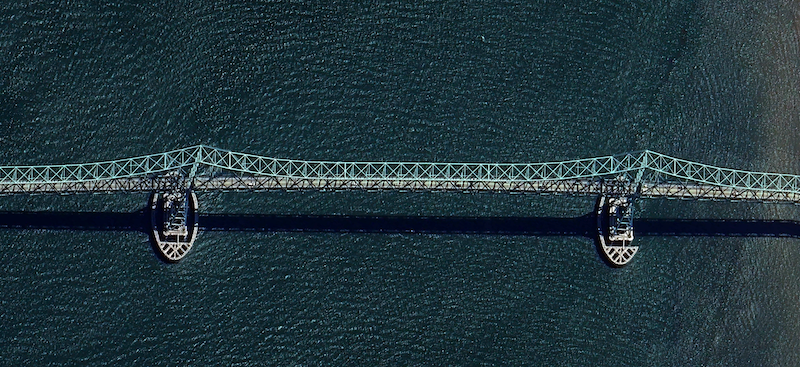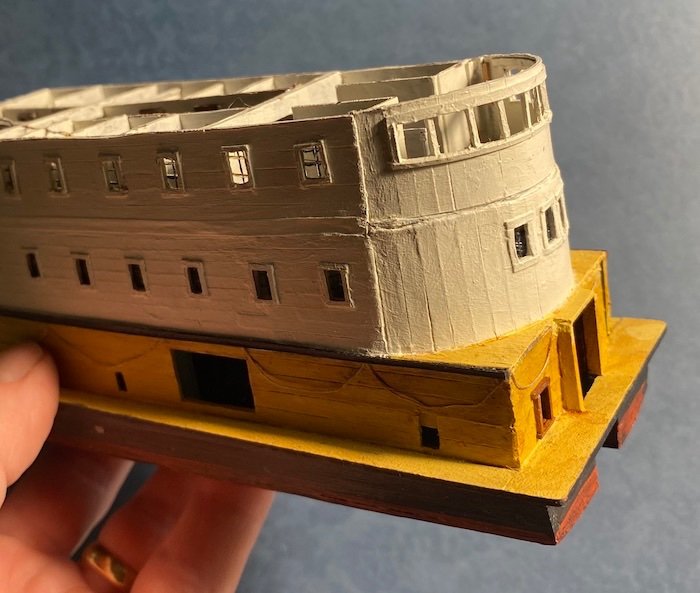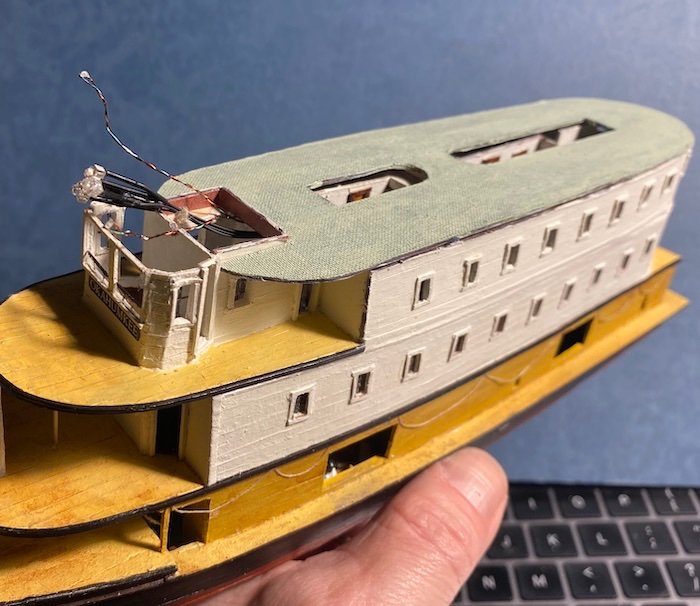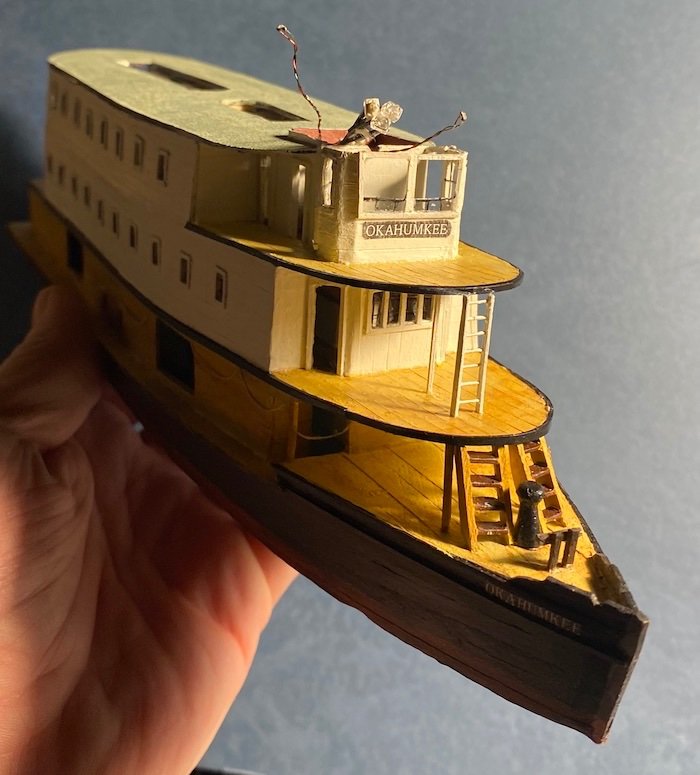-
Posts
390 -
Joined
-
Last visited
About Harvey Golden

Contact Methods
-
Website URL
www.traditionalkayaks.com
Profile Information
-
Location
Astoria & Portland, Oregon
-
Interests
Working boats, Indigenous watercraft, U. S. Maritime Commission Ships. Scholarly interest in kayaks from the Arctic hunting tradition.
Recent Profile Visitors
-
 Harvey Golden reacted to a post in a topic:
Canoa de Rancho by JacquesCousteau - Scale 1:32 - Lake Chapala Fishing and Cabotage Vessel
Harvey Golden reacted to a post in a topic:
Canoa de Rancho by JacquesCousteau - Scale 1:32 - Lake Chapala Fishing and Cabotage Vessel
-
 Scottish Guy reacted to a post in a topic:
Japanese ships of the Azushi-Momoyama period (1568-1603) and the early Edo period (1603-1700)
Scottish Guy reacted to a post in a topic:
Japanese ships of the Azushi-Momoyama period (1568-1603) and the early Edo period (1603-1700)
-
 mtaylor reacted to a post in a topic:
Japanese ships of the Azushi-Momoyama period (1568-1603) and the early Edo period (1603-1700)
mtaylor reacted to a post in a topic:
Japanese ships of the Azushi-Momoyama period (1568-1603) and the early Edo period (1603-1700)
-
 mtaylor reacted to a post in a topic:
Japanese ships of the Azushi-Momoyama period (1568-1603) and the early Edo period (1603-1700)
mtaylor reacted to a post in a topic:
Japanese ships of the Azushi-Momoyama period (1568-1603) and the early Edo period (1603-1700)
-
 Harvey Golden reacted to a post in a topic:
Japanese ships of the Azushi-Momoyama period (1568-1603) and the early Edo period (1603-1700)
Harvey Golden reacted to a post in a topic:
Japanese ships of the Azushi-Momoyama period (1568-1603) and the early Edo period (1603-1700)
-
 Scottish Guy reacted to a post in a topic:
Japanese ships of the Azushi-Momoyama period (1568-1603) and the early Edo period (1603-1700)
Scottish Guy reacted to a post in a topic:
Japanese ships of the Azushi-Momoyama period (1568-1603) and the early Edo period (1603-1700)
-
 trippwj reacted to a post in a topic:
Synoptical Dictionary of Nautical Terms. Gr; En ; Fr; Sp; Pr; It; Sw; Dk; Nl
trippwj reacted to a post in a topic:
Synoptical Dictionary of Nautical Terms. Gr; En ; Fr; Sp; Pr; It; Sw; Dk; Nl
-
Hello Micha! Not sure if this will be much help, but I'd recommend Douglas Brooks' "Japanese Wooden Boatbuilding" (2015); it features a number of traditional small craft that no doubt have very ancient forms and roots. It also has a brief chapter ("The Last Shipwright") on a builder there who has made two full-size replicas of large 'ancient' Japanese ocean going vessels-- the Michinoku Maru and the Naniwa Maru. The book has lines for neither, but projects of this scope must have some serious research and drawings behind them, so perhaps they are available somewhere. The book is a superb primer on traditional Japanese boat joinery, though. The book: http://douglasbrooksboatbuilding.com/japanese_wooden_boatbuilding.html Hope this helps! -Harvey
-
 yvesvidal reacted to a post in a topic:
Okahumkee by Harvey Golden - 1/96 scale - 1870s Inboard Stern Wheeler - post 1892 layout
yvesvidal reacted to a post in a topic:
Okahumkee by Harvey Golden - 1/96 scale - 1870s Inboard Stern Wheeler - post 1892 layout
-
 yvesvidal reacted to a post in a topic:
Okahumkee by Harvey Golden - 1/96 scale - 1870s Inboard Stern Wheeler - post 1892 layout
yvesvidal reacted to a post in a topic:
Okahumkee by Harvey Golden - 1/96 scale - 1870s Inboard Stern Wheeler - post 1892 layout
-
 yvesvidal reacted to a post in a topic:
Okahumkee by Harvey Golden - 1/96 scale - 1870s Inboard Stern Wheeler - post 1892 layout
yvesvidal reacted to a post in a topic:
Okahumkee by Harvey Golden - 1/96 scale - 1870s Inboard Stern Wheeler - post 1892 layout
-
 yvesvidal reacted to a post in a topic:
Okahumkee by Harvey Golden - 1/96 scale - 1870s Inboard Stern Wheeler - post 1892 layout
yvesvidal reacted to a post in a topic:
Okahumkee by Harvey Golden - 1/96 scale - 1870s Inboard Stern Wheeler - post 1892 layout
-
 yvesvidal reacted to a post in a topic:
Okahumkee by Harvey Golden - 1/96 scale - 1870s Inboard Stern Wheeler - post 1892 layout
yvesvidal reacted to a post in a topic:
Okahumkee by Harvey Golden - 1/96 scale - 1870s Inboard Stern Wheeler - post 1892 layout
-
 Harvey Golden reacted to a post in a topic:
Canoa de Rancho by JacquesCousteau - Scale 1:32 - Lake Chapala Fishing and Cabotage Vessel
Harvey Golden reacted to a post in a topic:
Canoa de Rancho by JacquesCousteau - Scale 1:32 - Lake Chapala Fishing and Cabotage Vessel
-
 Harvey Golden reacted to a post in a topic:
St. Roch by David Lester - FINISHED - Billing Boats - 1:72
Harvey Golden reacted to a post in a topic:
St. Roch by David Lester - FINISHED - Billing Boats - 1:72
-
 Harvey Golden reacted to a post in a topic:
Do I need thes books, or just want them?
Harvey Golden reacted to a post in a topic:
Do I need thes books, or just want them?
-
I like the boat stand; it has a bit of a cribbing/strongback look to it. A matching colored wooden base for the stand might balance it out nicely. The contrast with the black hull works well in my opinion.
- 163 replies
-
 Harvey Golden reacted to a post in a topic:
Canoa de Rancho by JacquesCousteau - Scale 1:32 - Lake Chapala Fishing and Cabotage Vessel
Harvey Golden reacted to a post in a topic:
Canoa de Rancho by JacquesCousteau - Scale 1:32 - Lake Chapala Fishing and Cabotage Vessel
-
Beautifully done! I've been aboard, so this is especially nice to see. Your improvements are superb!
- 61 replies
-
- St. Roch
- Billing Boats
-
(and 1 more)
Tagged with:
-
Well, it's back to the Gjøa again.... As I get close to the mast and rigging, I needed a good sturdy work stand for it-- one that will double as a display stand. (The stand is 7/8" thick Southern Yellow Pine--a heavy and solid foundation). The hull, as shown below, measures 27" long, and will be considerably longer once the stern davits and the bow sprit are on. My workspace is only 45" long, hemmed in by a steel file cabinet, and a bookshelf, so this will be tight work. I expect slow progress from now through the summer, but am aiming for an early '25 completion. Welcome back!
-
Railings are on! Life/Utility boats in place. The original davit arrangement is a mystery-- many old photos don't show them, but a picture taken of the steamer as a relic in the 1930s shows some davits in place. A number of things to finish yet including rudders, a stanchion or two on the foredecks, decals, and of course the diorama which will be about 21"x 10" and about 10" high, glass encased. The wire trees are turning out nice; I've picked up some wool strands to make Spanish moss. The lighting works great with the stack triggering the switch. For some reason the flickering of the fire LEDs has transferred the flickering to the interior lighting as well, so its a tad blinky inside(!) The running lights aren't affected by this, which perplexes me further (all are run to same switch and battery).
-

Bragozzo by maurino
Harvey Golden replied to maurino's topic in - Build logs for subjects built 1901 - Present Day
Very nice to see this! I, too would like to build a model of one someday (torn between these or a Trabaccolo...). Marzari's book is superb; another is Penzo's, from 1992: (They are very complimentary, with each having things the other doesn't cover; I'd say either stands alone well for model making). Lesser known than Venice of course, is Cessenatica (south of Ravenna): A superb museum there with a Bragosso in the museum, and several outside in the canal: -
On the home stretch! The wheelhouse roof is on, with side-lights, bell, fire bin, firewood, fire buckets, and crewman. Got the wheel installed and a pilot. The skylights were a delicate challenge at this scale, but turned out nice. Here's the uncovered lights below: The stack and other vents are also in place now. (The stack operates the lights, with a firm push downward). Dry fit of the cabin roof: Next up are the railings and some columns, some trim work, and trying to make decals for the line and name on the sides and the name/port on the stern. As this will be a diorama, I'm also beginning a wood-framed glass case and a whole bunch of hand-made cypress trees. (I've ordered palm trees. . . not gonna try to make those). The steamer is almost done, but a lot of work ahead.
-

Wreck of Bonhomme Richard found off Yorkshire coast.
Harvey Golden replied to uss frolick's topic in Nautical/Naval History
I found a cannon ball on a beach at Saltburn in '98. Who knows what ship it was from? Also found a hand grenade; definitely not from the good man Richard. Left both with a friend and local, as I thought best not to try and fly home with either. Lovely coastline there! -
The stern gallery is in place, though not glazed yet. What an odd looking stern, to say the least. The windows will be a single strip of plastic, mostly held in place by bracing against stops at the forward ends of the curve; I might score them at the frames so they appear flat-paned. Getting the roof together.... The skylights are cut out; the covered section in the middle will receive the stack, which will also serve as the light-switch. The roof is made from paperboard, and covered with a scrap of book cloth to give it a nice texture. The captain's cabin and the wheelhouse are slightly taller, and will have a separate roof-- one that also supports the bell, the side lights, and the primordial head-light, which was an iron basket full of flaming pine knots. (This will be safely rendered with L.E.D.s). I'm guessing they must have had a few buckets of water close at hand.... 'Flame' L.E.D.s and side lights are ready to meet the wheelhouse roof. The flame lights are big and bulky-- I hope I can pull this off!
-
Perhaps of interest: https://www.bermuda.com/the-bermuda-rig/ Features quite an old engraving and some early description. The photo atop shows a schooner with two jib-headed sprit sails.
-
It could just be a naive/simplified rendering of a Barbados Schooner, as described by Morris in his "The Fore and Aft Rig in America." Without any context (date, location, surrounding details), the image could well be interpreted as having any number of rigs, e.g., gunter, lateen, jib-headed sprit, etc.
About us
Modelshipworld - Advancing Ship Modeling through Research
SSL Secured
Your security is important for us so this Website is SSL-Secured
NRG Mailing Address
Nautical Research Guild
237 South Lincoln Street
Westmont IL, 60559-1917
Model Ship World ® and the MSW logo are Registered Trademarks, and belong to the Nautical Research Guild (United States Patent and Trademark Office: No. 6,929,264 & No. 6,929,274, registered Dec. 20, 2022)
Helpful Links
About the NRG
If you enjoy building ship models that are historically accurate as well as beautiful, then The Nautical Research Guild (NRG) is just right for you.
The Guild is a non-profit educational organization whose mission is to “Advance Ship Modeling Through Research”. We provide support to our members in their efforts to raise the quality of their model ships.
The Nautical Research Guild has published our world-renowned quarterly magazine, The Nautical Research Journal, since 1955. The pages of the Journal are full of articles by accomplished ship modelers who show you how they create those exquisite details on their models, and by maritime historians who show you the correct details to build. The Journal is available in both print and digital editions. Go to the NRG web site (www.thenrg.org) to download a complimentary digital copy of the Journal. The NRG also publishes plan sets, books and compilations of back issues of the Journal and the former Ships in Scale and Model Ship Builder magazines.




